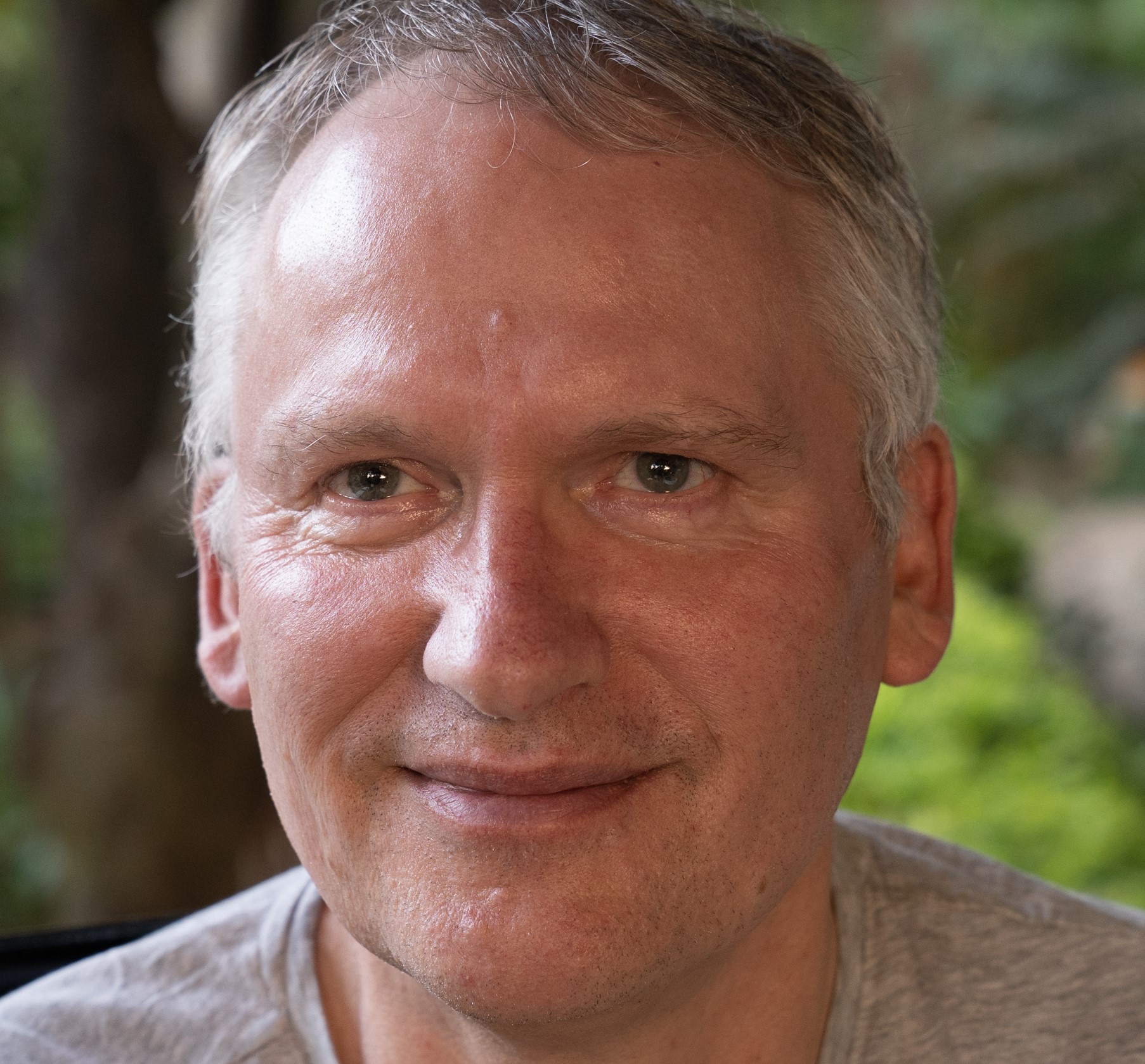
Name:Han Olff
Email:h.olff@rug.nl
Institutions:University of Groningen
Autobiography
My research focus is understanding the structure and functioning of diverse communities and ecosystems, with special attention on how plants, herbivores, predators and decomposers interact in both marine and terrestrial ecosystems, with application to nature conservation management and sustainable development. A long line of my research involves the unravelling how, when and where vertebrate herbivores promote the diversity of plants (Trends Ecol Evol 1998, Nature Ecol Evol 2018) and more recently also that of invertebrates (Biol Rev 2015). A related long line of investigation is on the determinants of the coexistence of different-sized herbivores in savanna ecosystems along rainfall and soil fertility gradients (Nature 1999, Science 2002, Oikos 2011, J Anim Ecol 2014, Oecologia 2014, Science 2019).
I discovered that top-down (predation) and bottom-up (food-related) forces in savanna food webs are strongly interconnected (Trends Ecol Evol 2010, Ecology 2010, J Anim Ecol 2012), which helps understanding migratory movements of large herbivores (Ecol Monogr 2014). I published the first full description of the aboveground food web of the Serengeti ecosystem, including its vulnerability to species extinctions (J Anim Ecol 2011) and used the relatively simple salt marsh ecosystem to unravel the interplay of green and brown food webs (Ecology 2012, Ecosystems 2013, J Anim Ecol 2017). This led to the novel proposition of autocatalytic loops in ecosystems (Ecol Monogr 2018), following my explanation of the coexistence of herbivore- and detritivore-dominated patches in ecosystems (Ecol Monogr 2017).
I pioneered how to mix different types of ecological interactions, as predation, seed dispersal and ecosystem engineering in parallel, multilayer interaction networks (Phil Trans Roy Soc B 2009). This motivated me to study how ecosystem engineers in intertidal ecosystems, as lugworms, mussels, seagrasses and saltmarsh plants, strongly drive food web structure and biodiversity (Science 2012, Phil Trans Roy Soc B 2015). This mirrors the ecosystem engineering effects of large grazers in savannas, where I found that their non-trophic effect on soil compaction is at least as important as their trophic impacts through biomass removal (Oecologia 2013, Persp Ecol Evol Sys 2013, J Ecol 2014, Ecol Monogr 2017).
I have made contributions to the advancement of various types of new ecological theory: metabolic theory (Funct Ecol 2008, Ecol Lett 2012); theory of ecological self-organization (Proc Roy Soc B 2012); speciation theory (Oikos 2007, Interface focus 2012); community assembly theory (Ecol Lett 2004, J Ecol 2011, Ecology 2012, Ecology 2015); and foraging theory (Oikos 2012).
In the last 5 years I led a very large collaborative effort to understand complex human-wildlife interactions across protected area boundaries, where we showed how growing human populations around even very large protected areas increasingly affect the ecological functioning at their core (Science 2019).
I participate actively in the application of my research findings in conservation management through a range of board membership position of nature conservation organizations.
Research Project
| Sn | Research Title |
|---|---|
| Not Found | |
 Nwris
Nwris